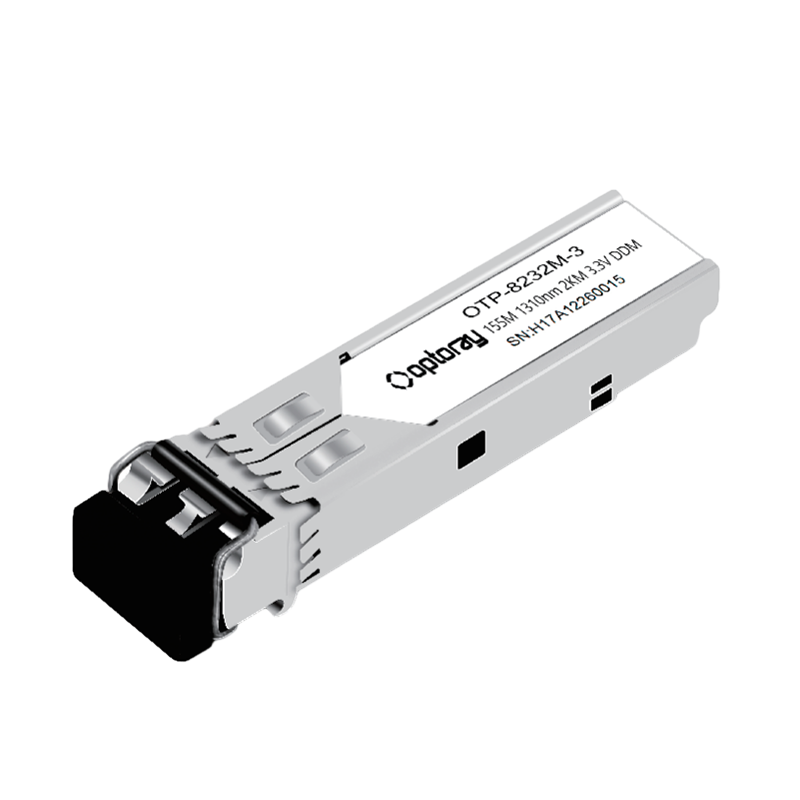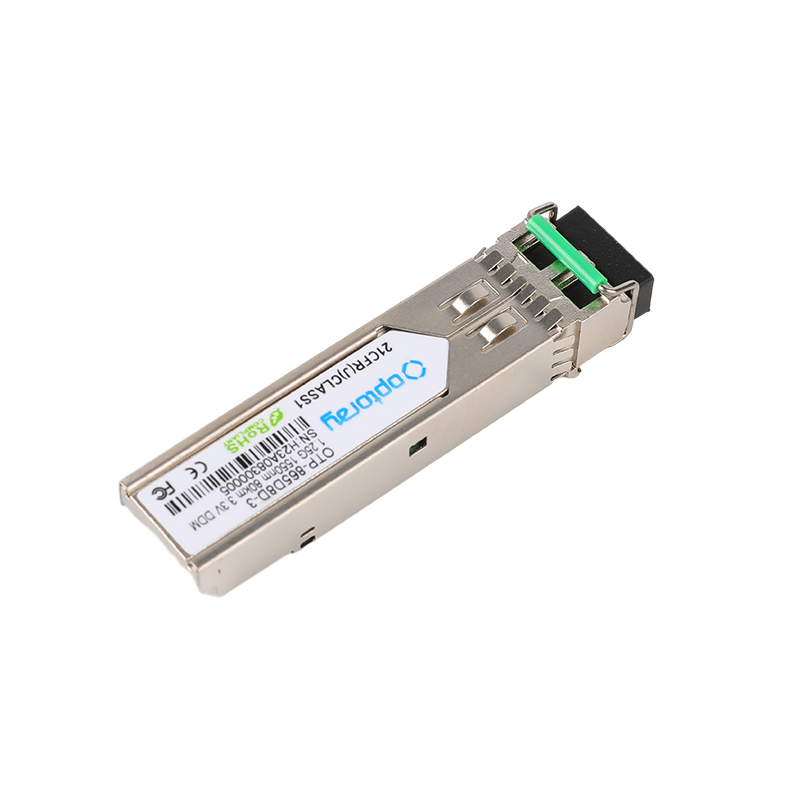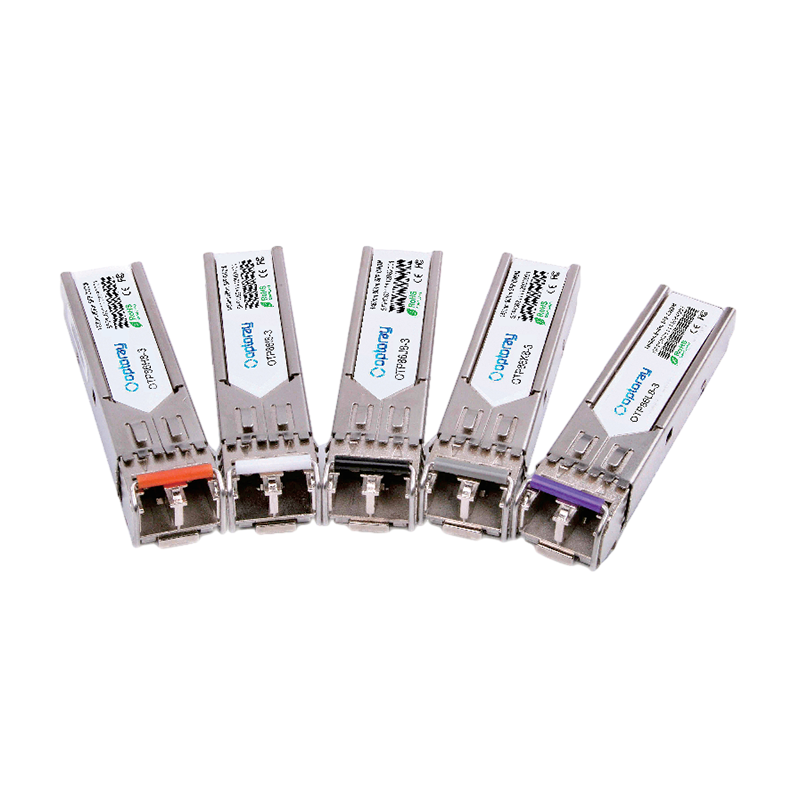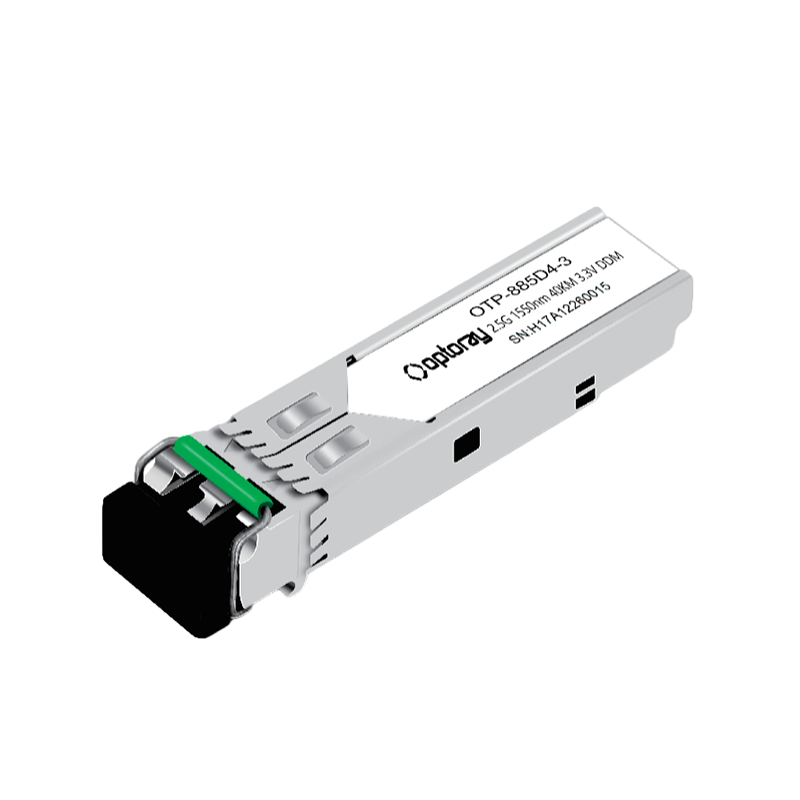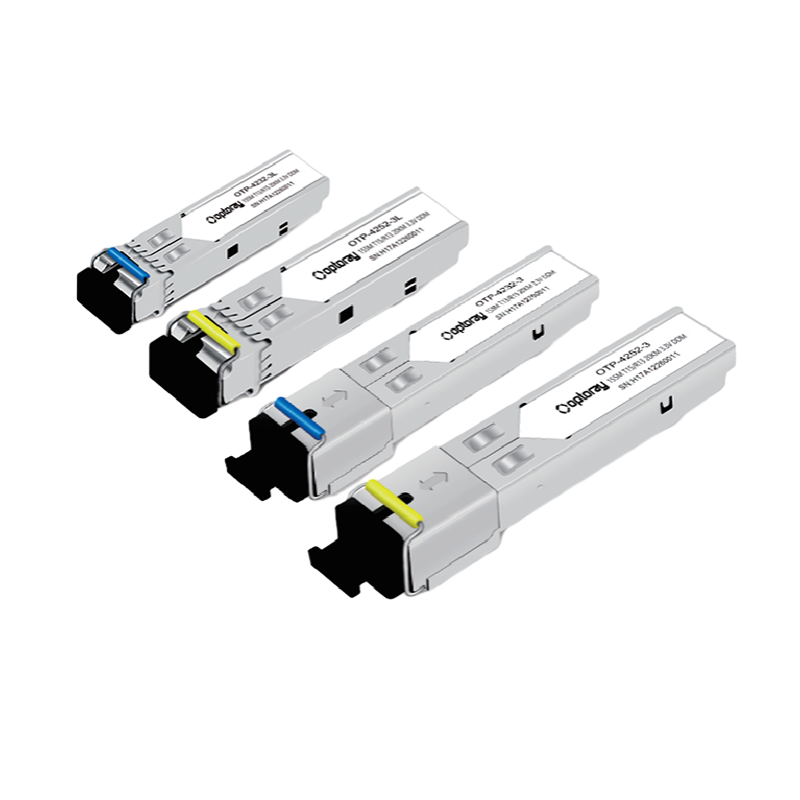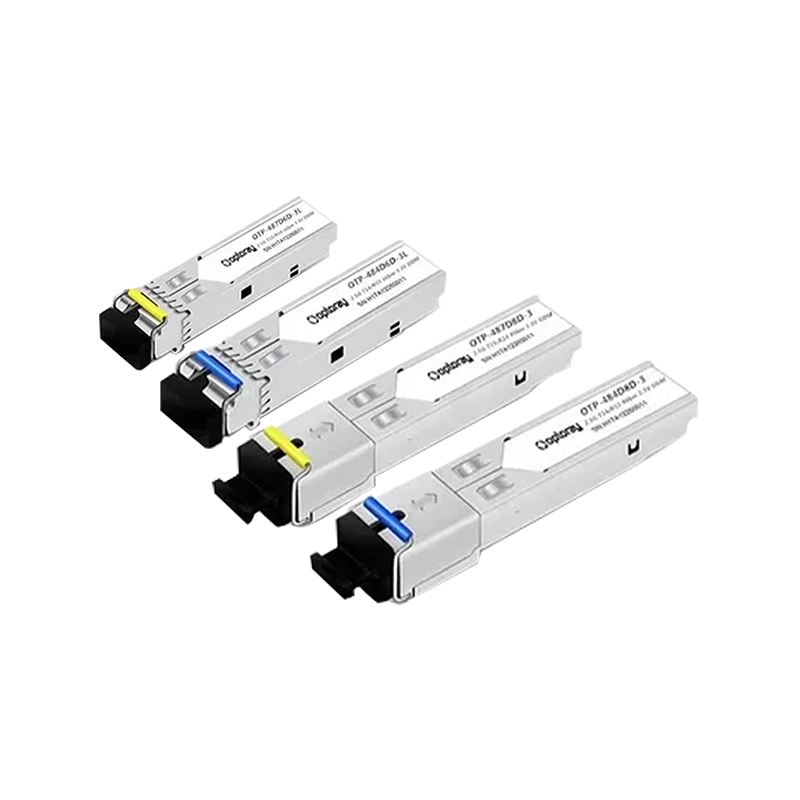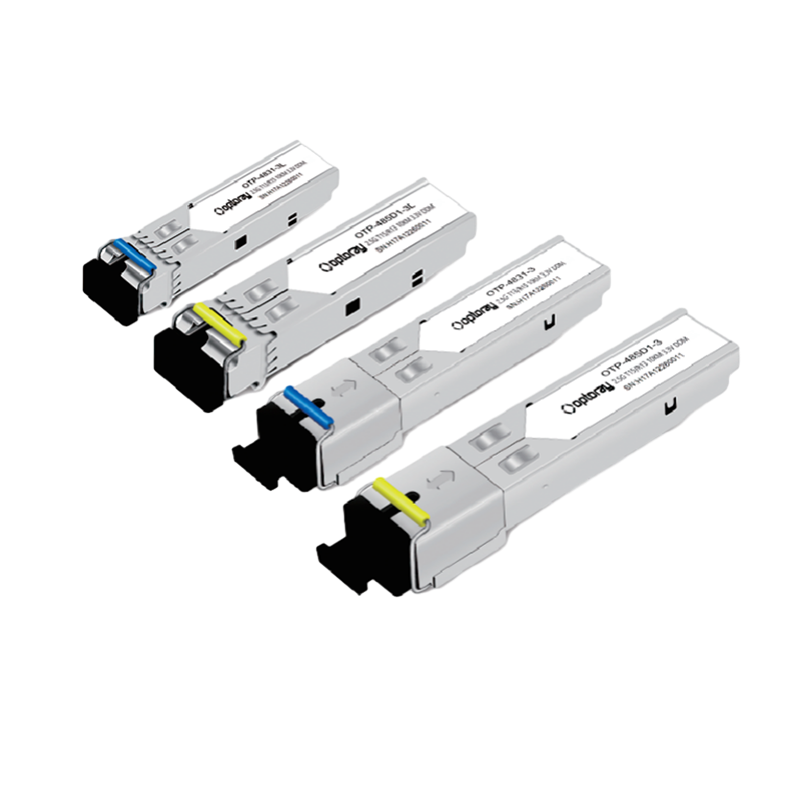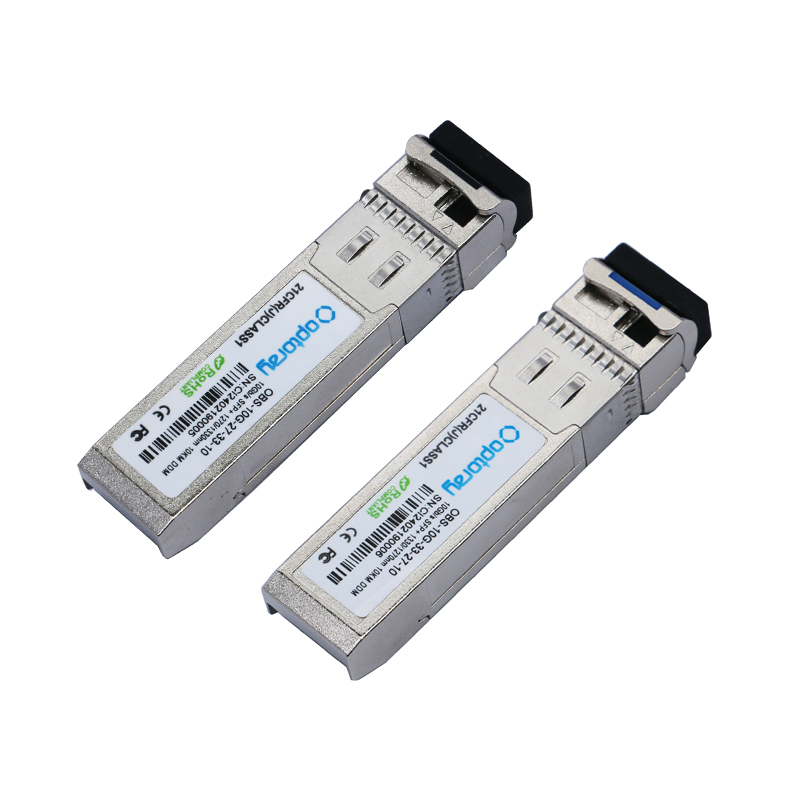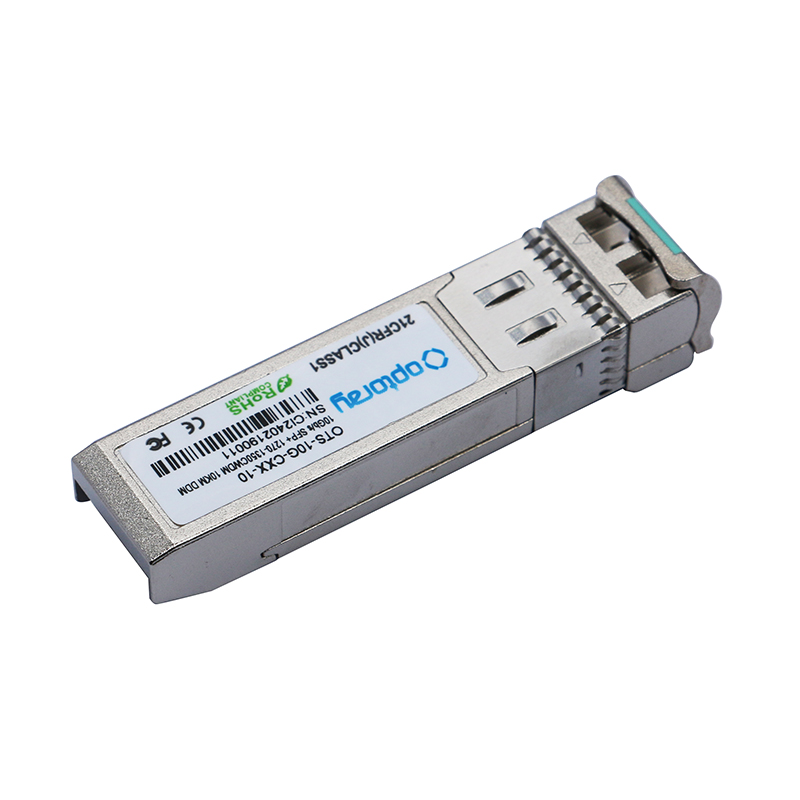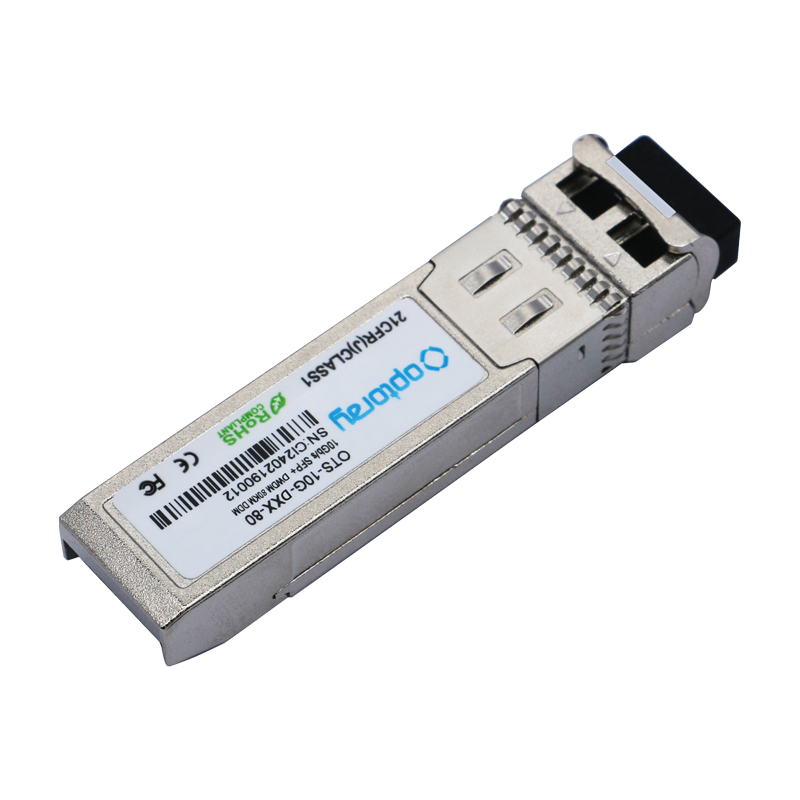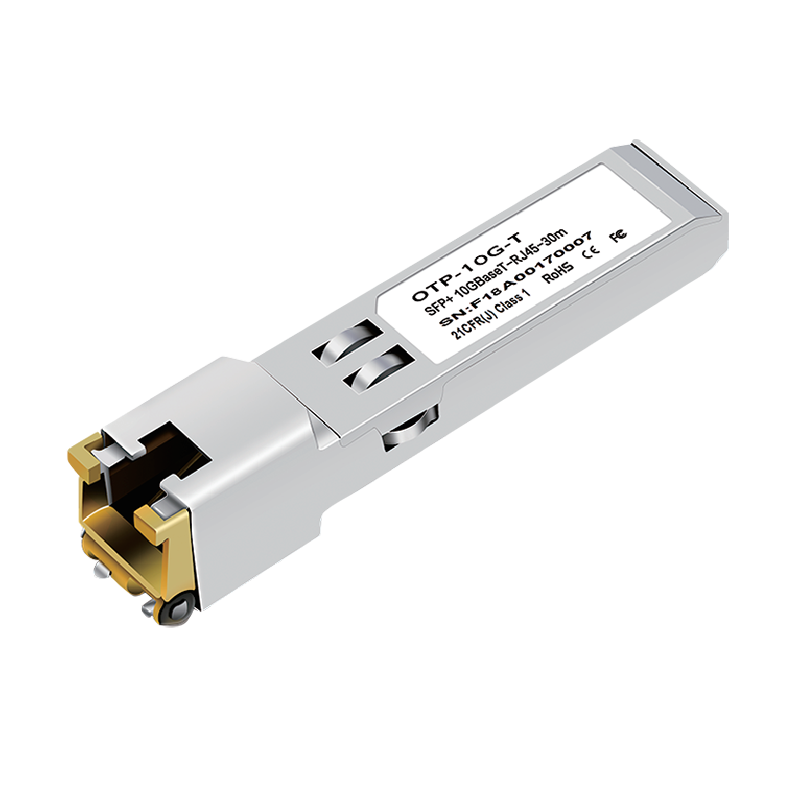+86-0559-5290604
The Core Role and Development Trends of Optical Transceivers in High-Speed Communications
In today's high-speed information age, optical communication technology has become the primary driver of global data transmission, and optical transceivers are an indispensable core component in this field. With the rapid rise of data centers, cloud computing, 5G networks, and the artificial intelligence industry, the role of optical modules in bandwidth transmission, energy efficiency optimization, and network stability has become increasingly prominent. Their continuous improvement not only determines the transmission efficiency of communication systems but also directly impacts the stable operation of the entire information infrastructure.
Operating Principle and Structural Characteristics of Optical Modules
An optical module is a key component that converts electrical signals into optical signals and vice versa. It primarily consists of a transmitter and a receiver. The transmitter converts electrical signals into optical signals and transmits them to the remote end via optical fiber. The receiver converts the optical signals back into electrical signals, enabling high-speed data transmission. Optical modules typically integrate components such as lasers, photodetectors, driver chips, and amplifier circuits. The precision of their internal design directly affects their transmission rate, power consumption, and signal stability.
Optical modules have diverse package formats, from early GBIC and SFP to later QSFP and CFP, and now OSFP and QSFP-DD. Package sizes have continued to shrink while speeds have continued to increase. This evolution not only meets the needs of high-density equipment deployment but also caters to the higher transmission speeds required by data centers and backbone networks.
The pursuit of ultimate optical module performance in the high-speed communications era
With the exponential growth of global data traffic, optical module speeds are advancing from traditional 1G and 10G to 100G, 400G, and even 800G. High speed is the main theme of optical module technology development, and this trend is driven by breakthroughs in multiple technologies, including signal integrity, thermal management, and optical coupling.

In ultra-high-speed optical modules, signal modulation has evolved from simple NRZ to multi-level modulation such as PAM4 to improve single-channel bandwidth utilization. At the same time, optical device packaging technology is continuously optimized to reduce transmission loss and crosstalk. Optical module manufacturers are extensively incorporating silicon photonics technology in their designs to achieve optoelectronic integration, improving module energy efficiency and transmission accuracy.
The enormous demand for optical modules in data centers is driving this demand.
Modern data centers are the core hubs of global internet data flow. Data transmission between servers, switches, and storage devices relies almost entirely on optical modules. Optical modules not only determine the communication speed of data centers but also impact their overall energy consumption and operating costs. With the surge in demand for cloud services and big data computing, data centers are gradually transitioning from 10G to 400G and even higher interconnect speeds. This upgrade is directly driving technological innovation and market expansion in the optical module industry.
At the same time, data centers place extremely high demands on the reliability and heat dissipation performance of optical modules. Maintaining high transmission rates while controlling power consumption and reducing heat buildup has become a key focus of optical module research and development. Manufacturers are improving materials, optimizing structural designs, and adopting more efficient heat dissipation solutions to ensure stable module operation in high-density environments, ensuring that data centers can operate under sustained, high-load conditions.
The Critical Role of Optical Modules in 5G and Fiber-Optic Access Networks
The deployment of 5G networks has not only brought about a leap forward in mobile communication experience but also provided a new growth engine for the optical module industry. 5G base stations require a large number of high-speed optical modules to implement fiber-optic connections for fronthaul, midhaul, and backhaul links, ensuring high-speed and stable transmission of network signals. The speed, transmission distance, and power consumption of optical modules directly impact the coverage and deployment costs of 5G networks.
Optical modules also play a key role in fiber-optic access (FTTx). Whether it's home broadband access or enterprise dedicated line services, they rely on optical modules to achieve end-to-end high-speed data transmission. As bandwidth demand continues to rise, the speed and integration of optical modules will continue to improve, providing strong support for the popularization and upgrade of fiber-optic networks.

As the "nerve endings" of optical communication systems, optical modules bear the heavy responsibility of high-speed data transmission and network interconnection. From traditional communication networks to next-generation intelligent data centers, and then to the comprehensive deployment of 5G and future 6G networks, the technological evolution of optical modules has not only driven the development of the information society but also laid a solid foundation for the rise of the global digital economy. With the continuous innovation of technology and the continuous expansion of the market, the optical module industry is standing at a new starting point, welcoming a more intelligent and high-speed communication era.



 English
English русский
русский


